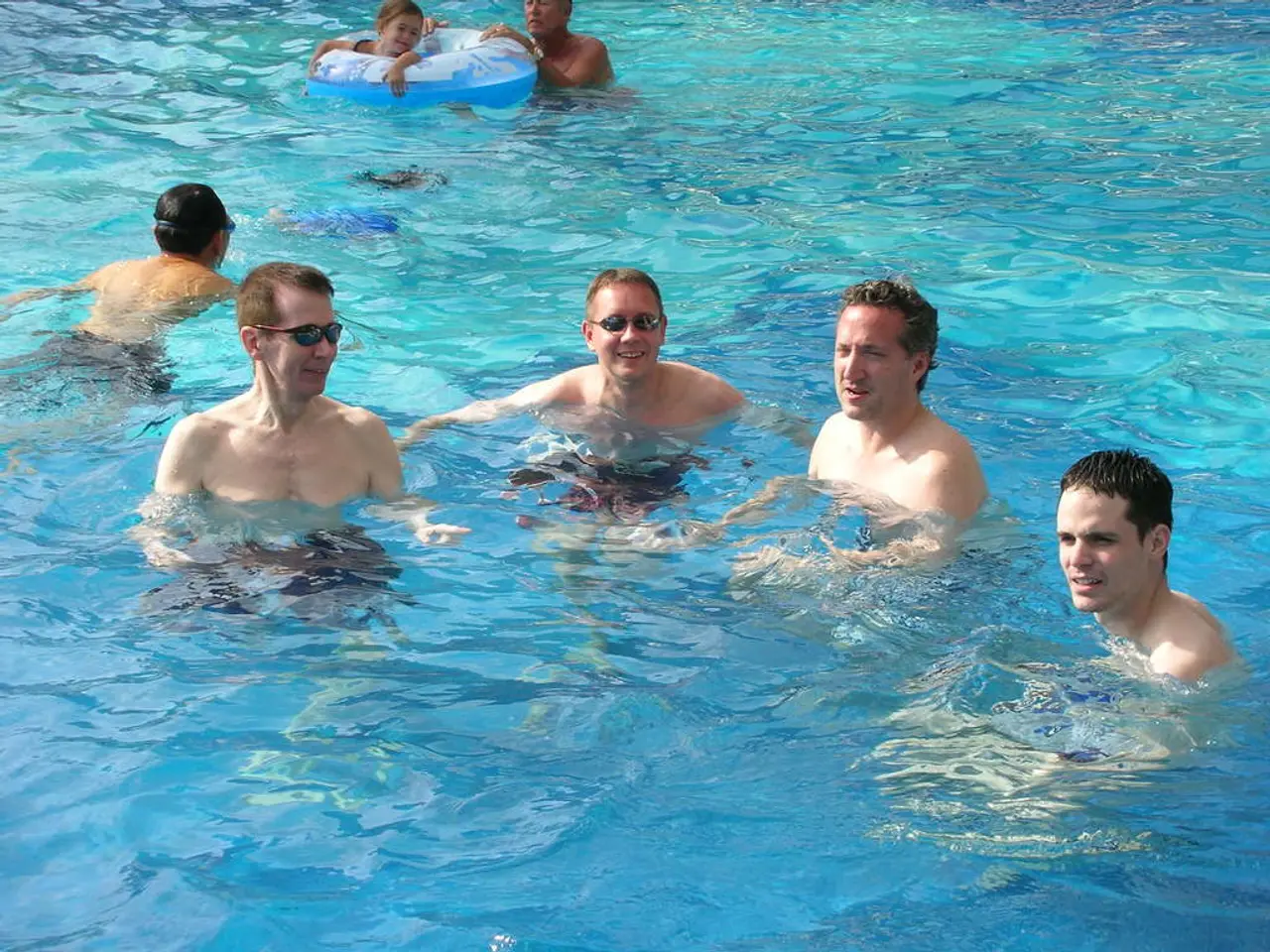Will Latvia manage to decrease its fatalities due to drowning incidents in 2023?
In an effort to address its consistently high number of drownings per capita in Europe, Latvia has focused on implementing specific measures to reduce the number of water-related tragedies. While the country does not currently mandate swimming lessons in schools, like its neighbouring countries Estonia and Lithuania, it has likely adopted or is recommended to adopt internationally recognised drowning prevention strategies, with a strong emphasis on swimming education and public awareness.
One such strategy is mandatory swimming lessons in schools, a common practice in countries with high drowning risks. By ensuring that school-aged children acquire basic water safety and self-rescue skills, this measure significantly reduces the risk of drowning. Age-appropriate public education campaigns are also essential, raising awareness about drowning hazards, rules around water safety, and the importance of supervision and life vests.
In addition to skills training, safety measures such as designated water watchers, fencing around pools, and use of self-latching gates help prevent accidental access to water, especially for young children. Training in CPR and first aid for caregivers and community members enhances survival rates and is often part of public education programs promoting overall water safety.
Encouraging or mandating life jacket use, especially in recreational and boating settings, provides an extra layer of protection. Lifesaving buoyancy rings and information boards with precise location information are also important at swimming spots.
Jelena Rutka, a trainer at the "Swim Safely" association, which has been promoting swimming skills and public education for seven years, believes that everyone needs to change their thinking to reduce drownings. She emphasizes the need for personal responsibility and consideration of consequences at water locations. Jānis Skrims, head of the Rescue and Public Order Department of the Riga Municipal Police, echoes this sentiment, emphasizing the importance of responsible behaviour and setting a good example for children.
Zane Gemze, head of the "Swim Safely" association, emphasizes swimming training as a fundamental matter. Children's swimming lessons are crucial in reducing drowning statistics, as shown by the lower rates in countries like Estonia and Lithuania, where mandatory swimming lessons are part of the curriculum.
Despite these efforts, it is important to note that drowning can occur very quickly, making rescue efforts limited. Only in very rare cases is it possible to resuscitate someone pulled from the water. In 60% of drowning cases in Latvia, the victims were intoxicated, highlighting the need for responsible behaviour and awareness around water safety.
While more precise details on Latvian national policies may be found in Latvian governmental or health department publications, globally recognised best practices such as mandatory swimming lessons in schools and comprehensive public education remain at the core of effective drowning prevention efforts.
- In line with best practices globally, Latvia may adopt mandatory swimming lessons in schools to match the drowning prevention strategies of countries like Estonia and Lithuania.
- teaching swimming skills to school-aged children is a crucial step towards reducing Latvia's high drowning rate, as demonstrated by lower rates in countries with such programs.
- Apart from mandatory swimming lessons, initiatives like public education campaigns, designated water watchers, safety measures around pools, and CPR/first aid training contribute significantly to water safety and drowning prevention.
- Collaborating with organizations such as the "Swim Safely" association, the Latvian government can focus on ensuring nutrition, fitness-and-exercise, and health-and-wellness literacy, which can play a vital role in reducing the risk of drowning incidents.




